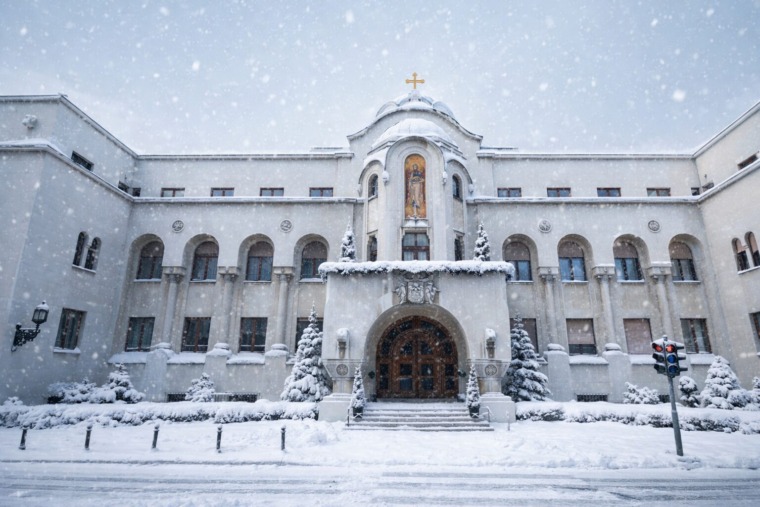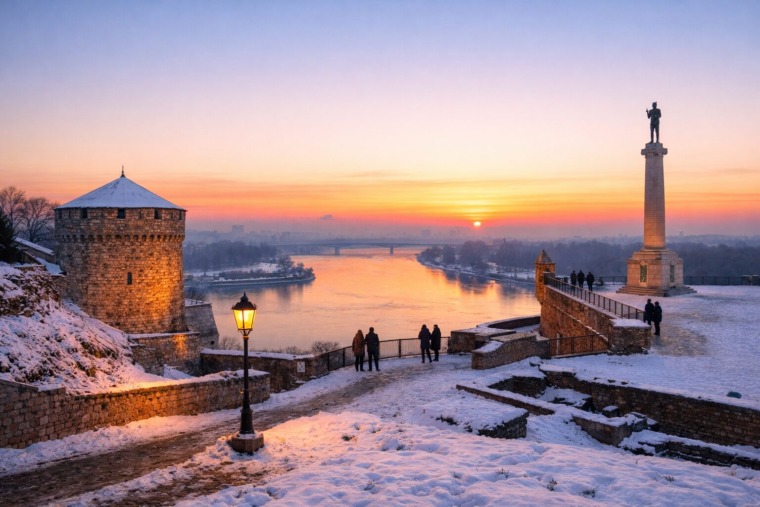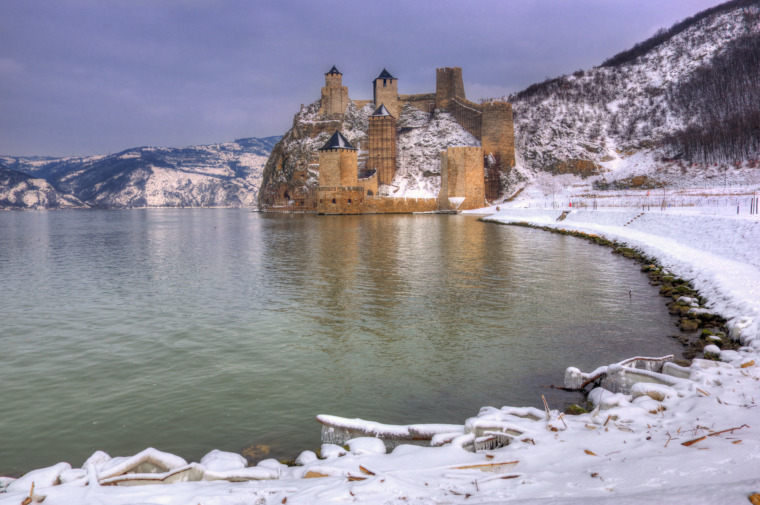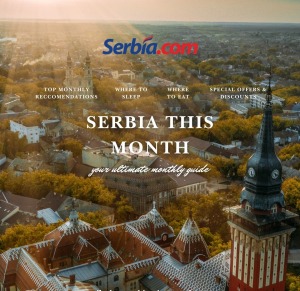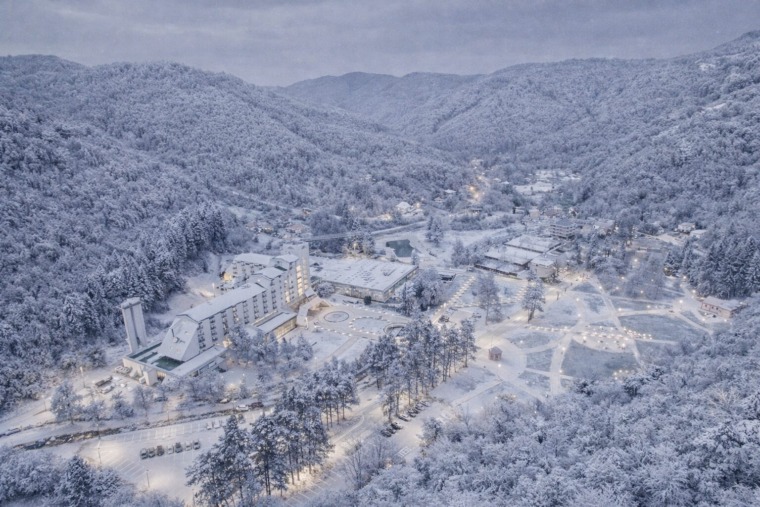
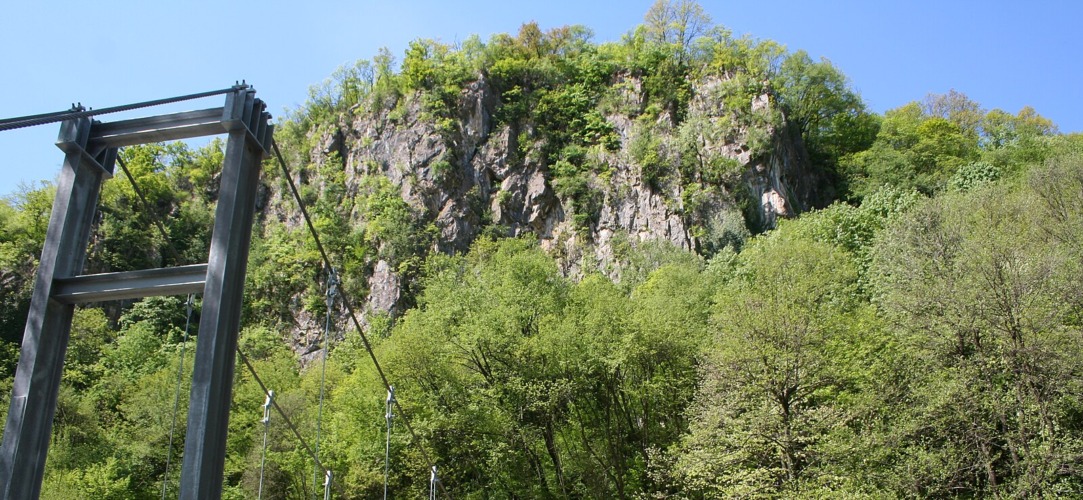
Tucked between the slopes of Maljen and Suvobor mountains in central Serbia, nestled in the quiet valley of the Ribnica River, lies the Ribnica Natural Monument—a small but stunningly beautiful protected area that captivates nature lovers, geology enthusiasts, and anyone seeking serenity away from the crowds. Covering around 20 hectares, this site is a true example of nature’s artistry carved into stone.
Stone Formations Shaped by Time
What makes Ribnica especially remarkable is its narrow gorge formed by the Ribnica River, surrounded by striking limestone cliffs and rocky outcrops. Over thousands of years, the river has carved through the stone, creating small canyons, crevices, and miniature caves that give the landscape a dramatic, untouched feel. In 1992, Ribnica was officially declared a natural monument of the third category due to its unique geomorphological characteristics.
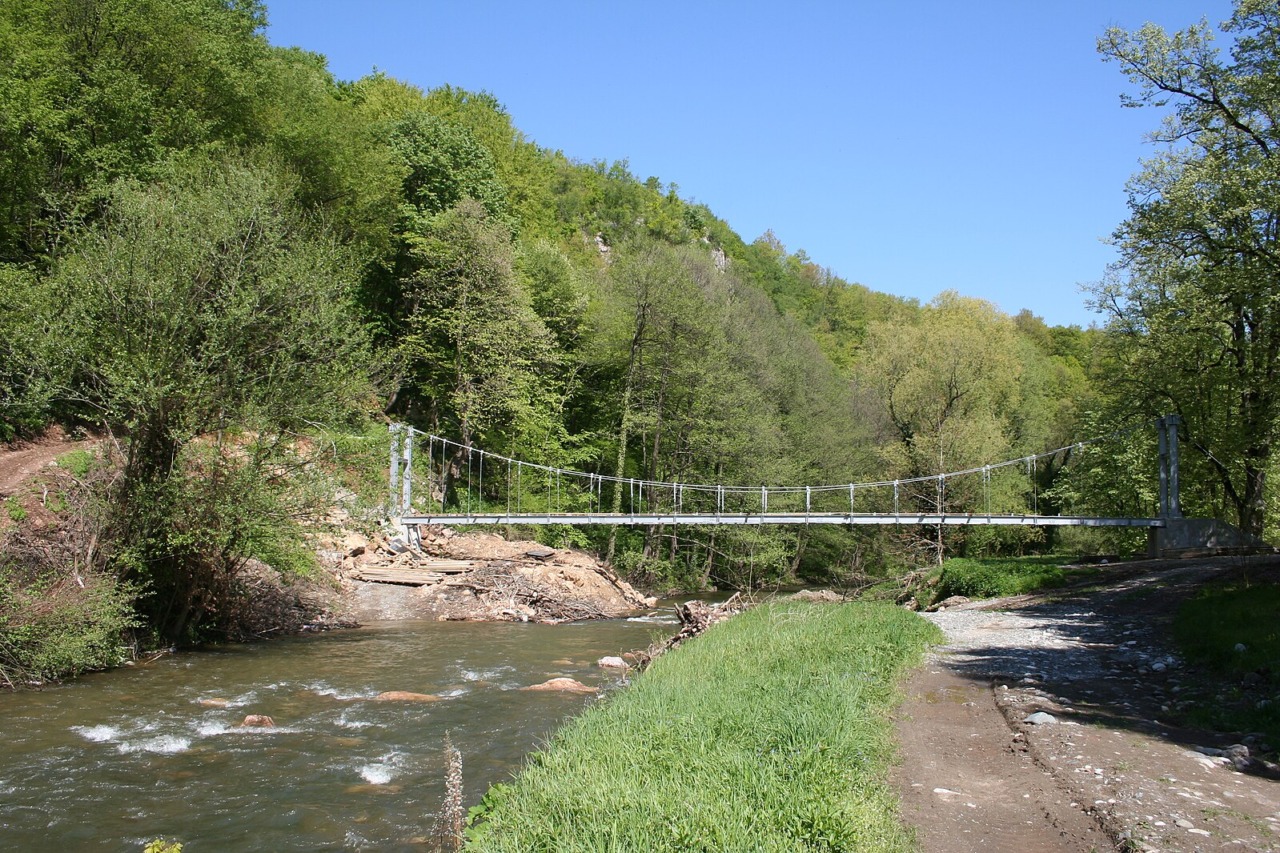
When sunlight hits the rock surfaces in spring or summer, the cliffs shimmer in tones of white, gray, and beige, while the gentle sound of the river echoes through the canyon. The atmosphere is peaceful and almost mystical.
Flora and Fauna Diversity
The Ribnica Natural Monument is home to diverse plant life, including forests of beech, hornbeam, oak, and pine. Meadows bloom with wildflowers and medicinal herbs, especially during spring and summer, attracting both scientists and photographers.
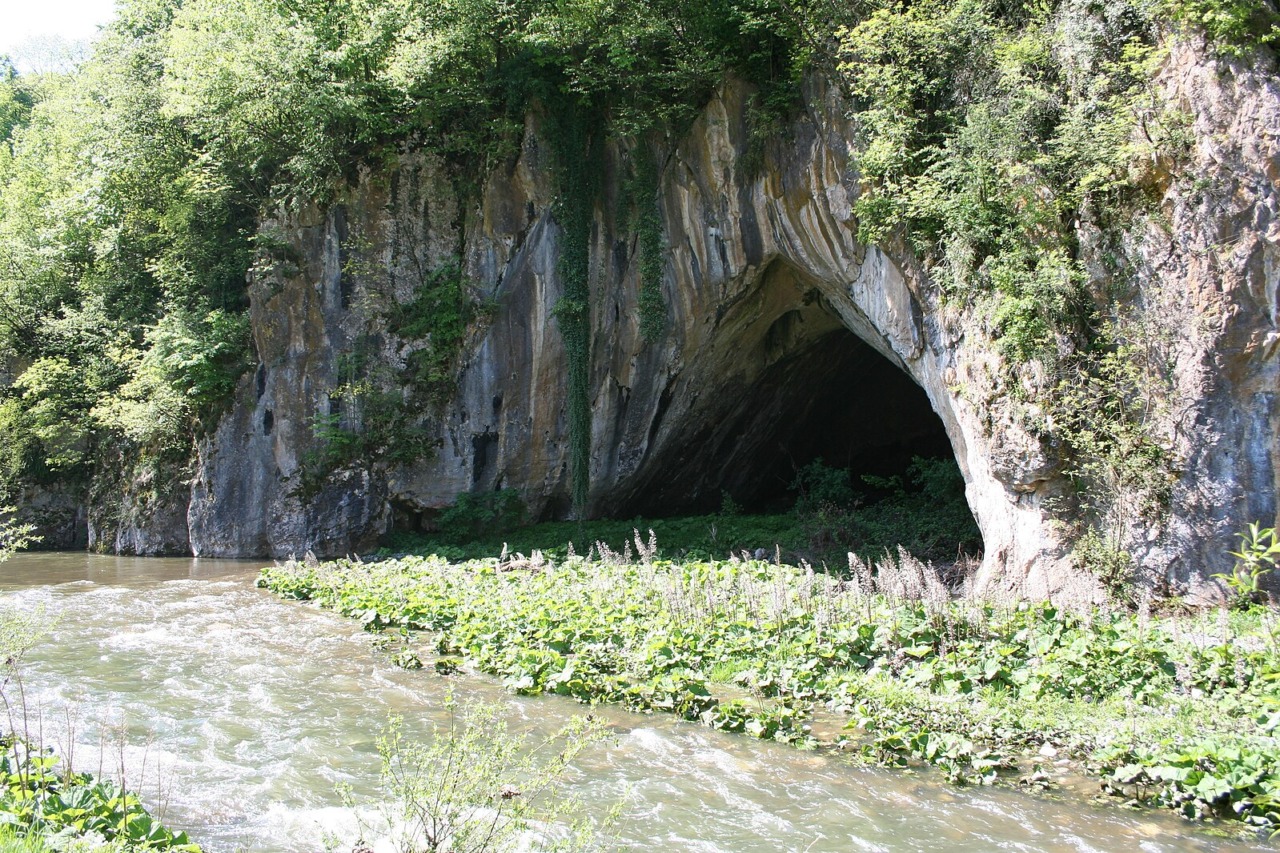
The area also supports a rich variety of animals—from foxes, deer, and wild boars to hedgehogs and birds. Rare insects and amphibians thrive in the micro-wetlands formed near the water.
What to Do in Ribnica?
- Hiking and walking: Ribnica offers gentle hiking paths that lead through its scenic gorge and forests—ideal for short nature adventures.
- Birdwatching and flora observation: A great destination for bird lovers, botanists, and macro photography enthusiasts.
- Geological tourism and education: Because of its unique rock formations, Ribnica is often used for educational field trips and nature workshops.
- Picnics and relaxing by the water: Open meadows and shaded riverside spots provide perfect places to rest, especially in the summer heat.
A Monument of Memory: The Ribnica Revolution Memorial
Above the Ribnica gorge, on a hill overlooking the surrounding valley, stands a striking piece of modernist sculpture—the Monument to the Revolution (Spomenik revolucije), dedicated to the fallen fighters of the Kolubara region in World War II. Designed in 1970 by sculptor Branko Bon and architect Mihailo Mitrović, the monument reflects the era’s powerful visual language: raw concrete, abstract lines, and monumental scale, symbolizing resistance and sacrifice.
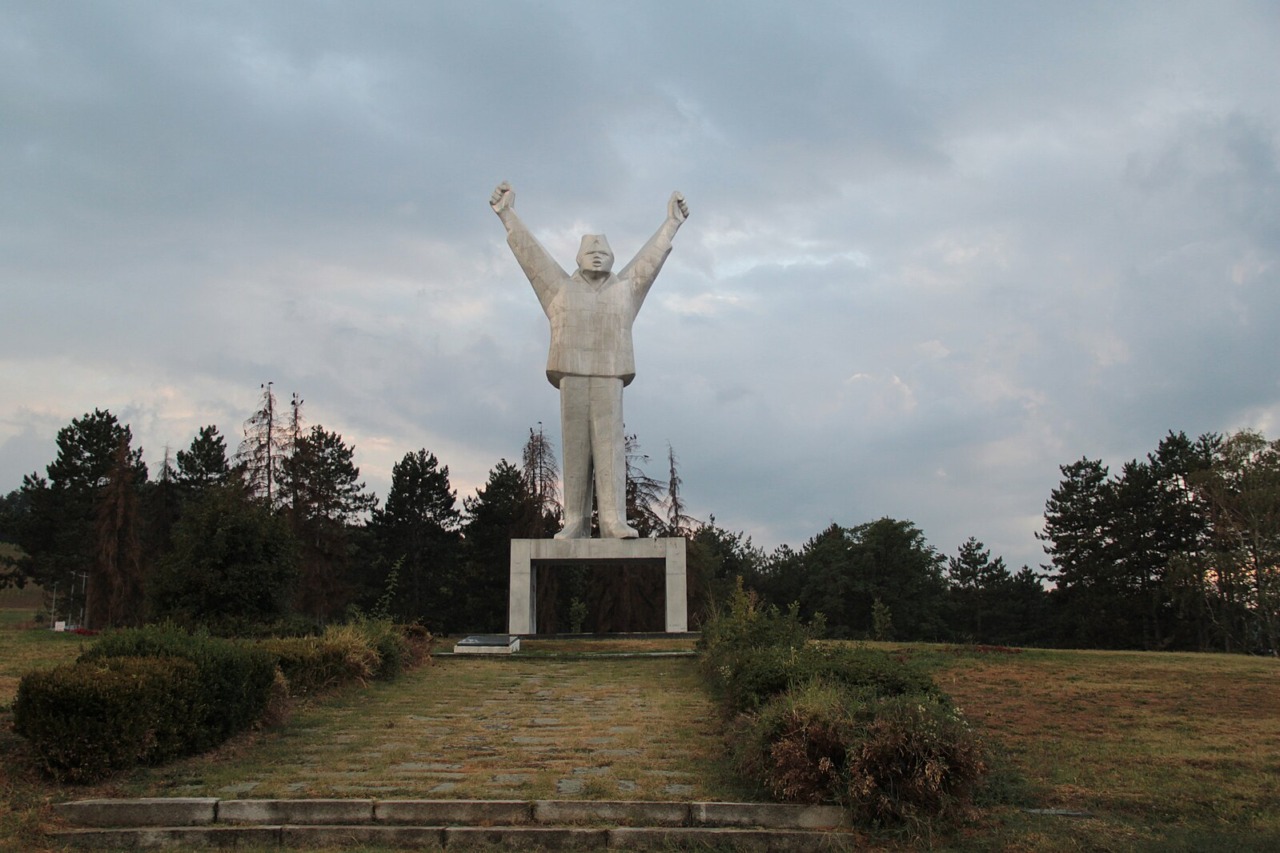
Though often overshadowed by more famous Yugoslav-era memorials, this one is particularly moving for its setting—surrounded by silence, pine trees, and sweeping views over the Ribnica valley. A short uphill hike leads to the site, making it a meaningful stop for those interested in history, architecture, or simply panoramic landscapes.
This juxtaposition of natural serenity and historical memory adds a unique layer to any visit to Ribnica—reminding us that the land holds not only geological but also human stories carved in stone.
Nearby Attractions
Ribnica is located close to the towns of Mionica and Valjevo, making it easy to combine with visits to other attractions:
- Vrujci Spa (Banja Vrujci): Known for its thermal waters and outdoor pools.
- Ćelije and Lelić Monasteries: Significant spiritual and cultural heritage sites.
- Divčibare Mountain Resort: Perfect for a longer stay in nature, with developed tourist infrastructure.
- Ribnica Cave: A lesser-known cave in the area, ideal for exploration.
Why Visit Ribnica?
Because it offers what’s becoming rare in modern tourism—pure, untouched nature without crowds, souvenir shops, or artificial noise. At Ribnica, the river still follows its ancient course, the cliffs stand tall and silent, and all you’ll hear is birdsong and the rustling of trees. Whether you’re in search of geological wonder, peace, or natural beauty, Ribnica invites you to discover its quiet magic.
Related Articles


Novak Đokovic Receives Special Globe Soccer Award in Dubai
December 29, 2025
From Culture to Sport: The Moments That Shaped Serbia in 2025
December 27, 2025


